
Troy’s Hidden Battlefield: Could the Fabled War Be More Than Just Myth?
Excavations in northwestern Türkiye may finally bridge the gap between legend and reality, as archaeologists uncover new clues pointing to a real conflict behind the ancient tale of the Trojan War.
For centuries, the story of the Trojan War has lived on in epic poetry, dramatic films, and school textbooks—a sweeping saga of love, betrayal, gods, and glory. But now, under the scorching summer sun of Hisarlık Hill near Çanakkale, Türkiye, archaeologists may be rewriting history with dirt-covered hands and ancient artifacts.
Digging Into the Past: A War Layer Beneath Our Feet
The team, led by Professor Rüstem Aslan of Çanakkale Onsekiz Mart University, has resumed full-scale excavations at the UNESCO World Heritage Site of ancient Troy. Their focus this year is razor-sharp: the so-called “destruction layer” dating back to the Late Bronze Age—roughly 1200 BCE—the very period many scholars associate with the legendary war.
“Our goal this season is to reach the level of violent destruction that might correspond to the historical reality behind the Trojan War,” says Prof. Aslan.
📣 Our WhatsApp channel is now LIVE! Stay up-to-date with the latest news and updates, just click here to follow us on WhatsApp and never miss a thing!!
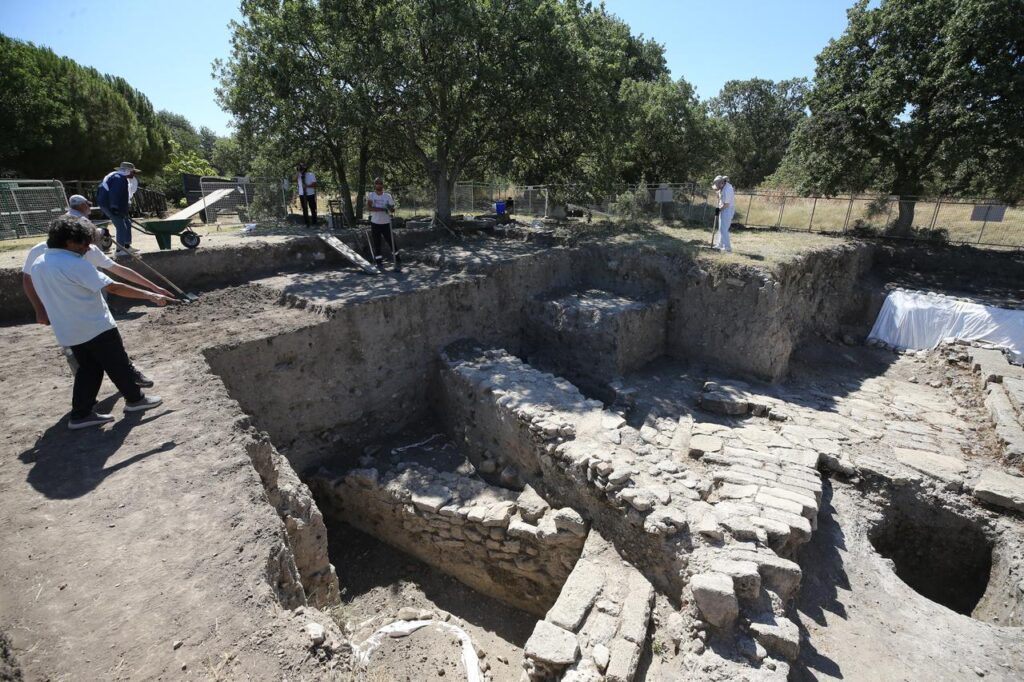
3,500-Year-Old Sling Stones: Weapons of a Forgotten Siege
One of the most remarkable finds so far? A dense cluster of ancient sling stones, uncovered just outside what’s believed to be a Bronze Age palace. These small, rounded projectiles—dated to about 3,500 years ago—were common weapons in Bronze Age warfare.
“The concentrated presence of sling stones in front of the palace structure strongly indicates military activity—either a defense or an attack,” Aslan explains.
The new find supports earlier discoveries, including arrowheads unearthed in the same area, adding weight to the theory that Troy was not just a city of myth, but a real battleground.
Searching for Scars of Ancient Conflict
Archaeologists are targeting the space between the palace, agora, and city walls, searching for physical evidence of war: charred layers, broken weaponry, hurriedly buried human remains. This area, once a vibrant hub of commerce and governance, may also have been the frontline in a brutal conflict.
And it’s not just this team. Decades earlier, excavations by Carl Blegen and Manfred Korfmann also revealed signs of sudden destruction—collapsed structures, burned debris, skeletons in disarray. But only now are these clues aligning into a clearer narrative.
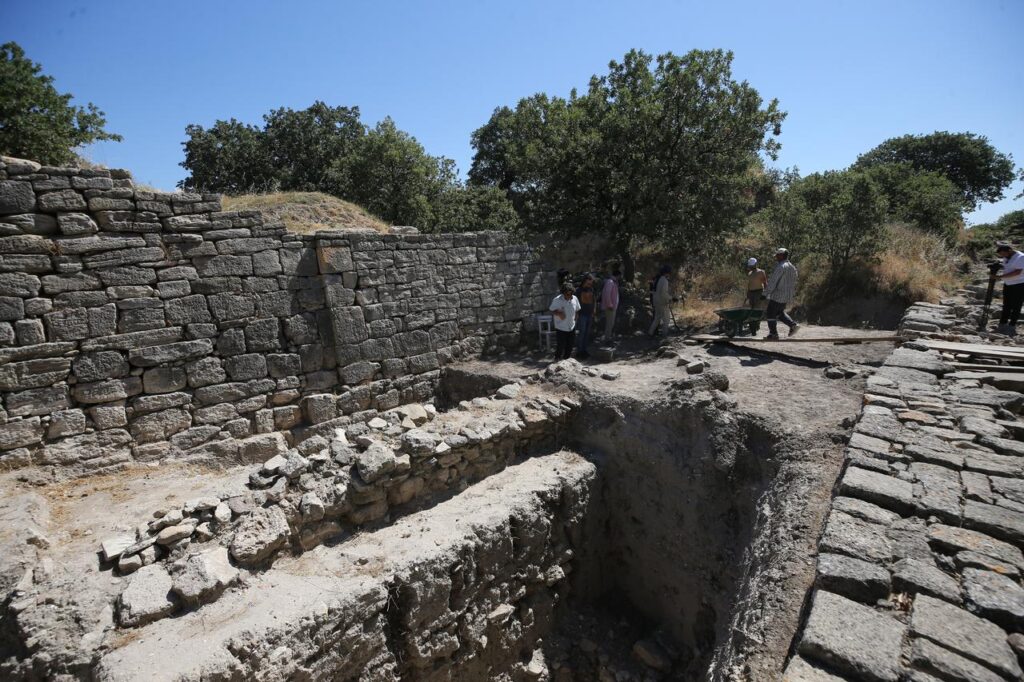
From Epic Verse to Earthly Evidence
The story of Troy has enchanted scholars and adventurers since the 19th century, when Frank Calvert and Heinrich Schliemann first turned spades into soil. Since then, archaeology has peeled back centuries of earth and embellishment to uncover a city layered in history and violence.
Still, the legendary horse, the divine interventions, and poetic speeches remain in the realm of myth. Yet discoveries like these remind us that myths often spring from kernels of truth—truth buried under centuries of dust and stone.
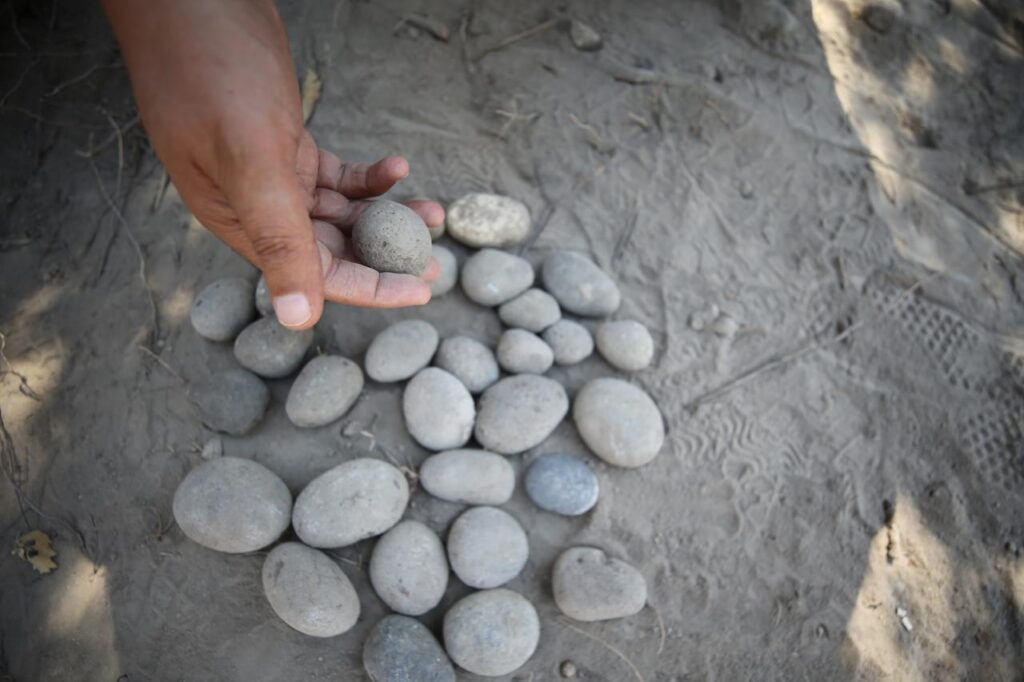
Could This Season Rewrite What We Know?
The current excavation is part of the “Heritage for the Future Project,” supported by Türkiye’s Ministry of Culture and Tourism and funded by ICDAS. If the team reaches the destruction layer and identifies concrete signs of a military siege, we may finally be closer to confirming the historical basis of Homer’s Iliad.
“We’re hopeful this season will bring breakthrough discoveries,” Aslan says, his optimism echoing that of historians, classicists, and enthusiasts around the globe.
Cover Image Credit: Walls of Troy, Hisarlik, Türkiye. Public Domain
You may also like
- A 1700-year-old statue of Pan unearthed during the excavations at Polyeuktos in İstanbul
- The granary was found in the ancient city of Sebaste, founded by the first Roman emperor Augustus
- Donalar Kale Kapı Rock Tomb or Donalar Rock Tomb
- Theater emerges as works continue in ancient city of Perinthos
- Urartian King Argishti’s bronze shield revealed the name of an unknown country
- The religious center of Lycia, the ancient city of Letoon
- Who were the Luwians?
- A new study brings a fresh perspective on the Anatolian origin of the Indo-European languages
- Perhaps the oldest thermal treatment center in the world, which has been in continuous use for 2000 years -Basilica Therma Roman Bath or King’s Daughter-
- The largest synagogue of the ancient world, located in the ancient city of Sardis, is being restored

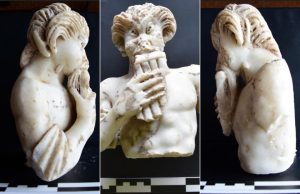
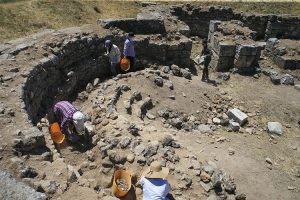
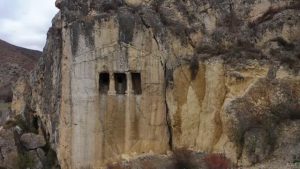
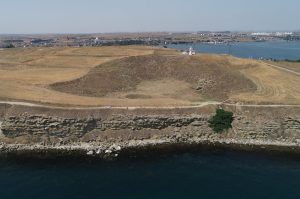
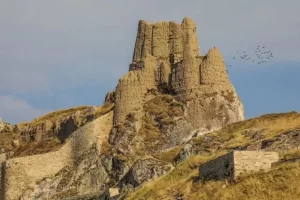
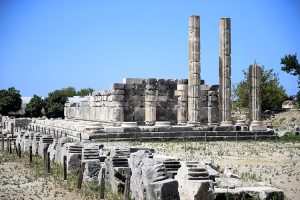


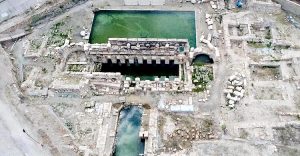
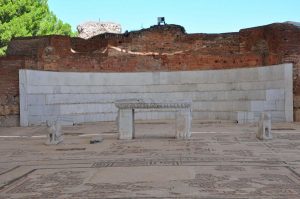
Leave a Reply